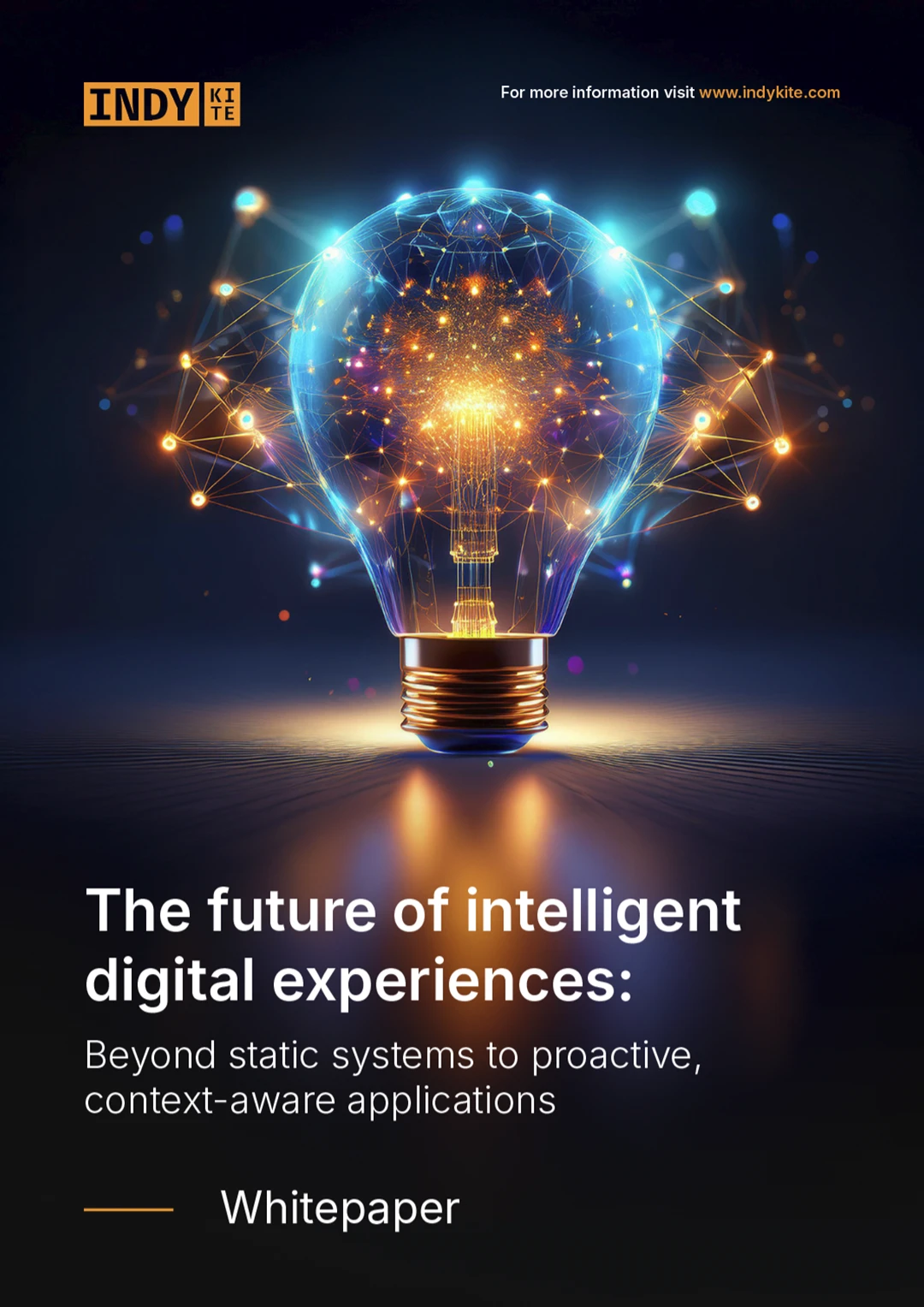This ensures an accurate, real-time response and creates consistent, flexible and scalable authorization across systems and applications. Access decisions shouldn’t be catch-all, coarse grained decisions, but granular and specific. The more granular, the closer the data reflects the real world and the more control the business has over how the data can be segmented and leveraged for various purposes.

Greater control means a more secure system and more user friendly experience.
Previously, authorization logic was built directly into the application, with all data used as part of the decision chain held within the app itself. For a business with more than one customer facing application or service, this is instantly problematic, adding friction with siloed data. Further, when authorization logic is baked in, you can’t leverage external information in the authorization policy, or leverage the data for further use cases, such as personalization.
By externalizing authorization, which decouples the authorization logic from the application itself, organizations can consolidate numerous policies into a single, centrally managed system. This enables fine-grained access control, ensuring users access the right data and actions. Centralized management allows security and IAM professionals to efficiently add, update and deploy policies. Overall it allows businesses to leverage other data, make faster decisions based on dynamic data points and orchestrate a consistent experience across services (with all systems using the same externalized authorization).
For more information on externalized authorization, check out this webinar.
Importance of data for authorization
While there are a number of approaches to fine-grained authorization, the underlying data model can make a huge difference to how dynamic and intelligent authorization decisions can be. In the past, traditional authorization approaches have leveraged static data models and have been limited by the data available for decisions.
If we swap out the static data model to a connected data model that leverages real-time business context and relationships (not just between people but also systems and things), a whole new range of possibilities opens up.
Connected data doesn’t just make authorization a little bit better, it leapfrogs ahead, catching up to the modern applications and services that it needs to enable.
There is a range of benefits to be realized by doing so, like fast accurate decisions with low latency. With the authorization logic externalized and based on real-time data, decisions can be made efficiently, and with a high level of trust, based on complex and constantly changing data. Furthermore, the flexible nature of a connected data model, means that you can adjust your policies, data sets, and schemas as you scale, without risk of unintentional breakdowns or accidental architecture to manage.
Dynamic, real time advanced authorization also means you can limit the friction for the user and drive great experiences that the user loves.
In addition, connected data models are able to capture rich knowledge that will continue to grow as your users engage and share data with you. This data can then be queried to uncover deep insights, develop new solutions and ultimately enable new identity use cases that can drive value for your business.
Opportunities for value creation with authorization
Modernizing authorization with more granular, externalized and dynamic controls offers significant opportunities for value creation.
Flexible user journeys
Today’s consumers want personalized seamless experiences. However, access control tightly coupled to apps, poses a significant challenge in building such an adaptive user experience. With externalized authorization, you can seamlessly integrate with various systems and dynamically adjust the user experience based on user attributes (like role, customer tier, location, etc.) without necessitating changes to your core product.
Quick entry with reliable data
For organization’s to deliver a successful experience, ensuring users, customers or partners, access to the right information at the right time is paramount. The challenge is to put all your collected data together into one unified view. Today, fragmented and siloed data doesn’t present one complete view, but rather multiple sources of truth that could duplicate or contradict each other.
With a connected data model you could reference and ingest all the necessary data from disparate systems to provide a unified view of your customer, with all necessary protections in place for sensitive data. Bridging this gap of data silos with an identity-first approach could provide a foundation of trust for solution creation that keeps customer experience at the core, enabling quick entry to reliable data.
Simplify user onboarding and registration
Onboarding shapes users' initial impression of a product or service, either delighting or frustrating them. Modernizing access approaches by separating policies from applications allows attribution of user characteristics based on existing variables.
Scale access, in the millions
As organizations grow, developing new applications, they often overlook future scalability beyond their initial user base. Without a modern access control architecture, scaling can be difficult, especially if policies were hardcoded into the application.
By using a connected and flexible data model, it allows you to evolve and scale without creating technical debt or locking into a single approach. This means you can implement gradually, use case by use case, leveraging what systems and data you already have, rather than requiring a software overhaul. You can start small and scale up as your organization matures and grows.
Accelerate time to market - product updates
Authorization can expedite time-to-market for new product updates, eliminating the need to release a separate new version each time. With modern access control architecture, making changes and updates becomes simpler. Organizations can then modify policies in the authorization engine, which are then seamlessly pushed to the application, avoiding alterations to the application code itself. Considering the multitude of applications every organization might have, this approach offers significant time savings compared to making changes individually on every application.
Alone, each of these benefits can provide a powerful differentiator and drive growth in competitive markets. When combined, they can transform the landscape for organizations, commercial prospects, and end users. Many businesses have already heavily invested in IAM solutions and managing legacy systems, making a complete overhaul impractical. The final benefit to understand with a connected data IAM solution, is that it can be fully integrated and connected to your existing stack. No rip and replace required, and as it can leverage data from your current systems, you can actually extend the value of your existing investment.
These articles capture the foundation and thinking for a new approach to authorization - Knowledge Based Access Control.















